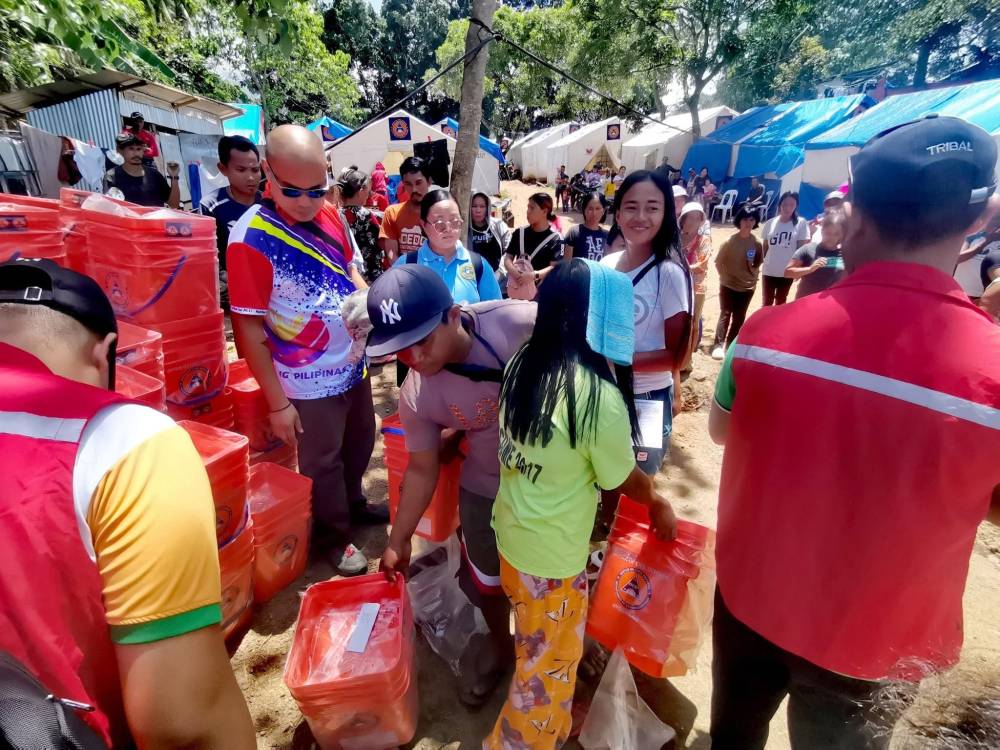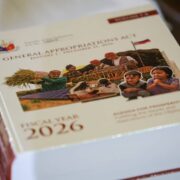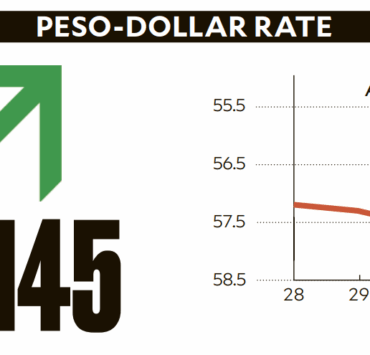Home at last for thousands of Kanlaon evacuees

BACOLOD CITY—After living in evacuation centers for almost eight months, about 1,500 residents of La Castellana, Negros Occidental who were forced to leave their villages close to Kanlaon Volcano’s danger zone were finally able to go home on Friday.
The return of the evacuees to their village followed the Philippine Institute of Volcanology and Seismology’s (Phivolcs) decision on July 29 to lower the alert status of Mount Kanlaon to Level 2 (moderate level of volcanic unrest) from Level 3 (magmatic unrest/high level of unrest), which was imposed after the volcano erupted on Dec. 9 last year.
On Thursday, 1,400 evacuees from the volcano’s slopes in Canlaon City, Negros Oriental, also returned home.
La Castellana Mayor Añejo Nicor said the cost of caring for the evacuees, who were taken out from their residences in villages near the 4- to 6-kilometer expanded danger zone after the volcano erupted last December, has completely depleted the town’s Quick Response Funds and other resources.
At this point, Nicor said they would need all the help they could get from the national government to recover and were now hoping to receive the financial assistance earlier promised by Defense Secretary Gilbert Teodoro.
Very happy
Nicor said the 471 La Castellana families composed of 1,548 members were “very happy” to return to their homes.
The mayor hoped that the volcano would remain calm so they would no longer have to evacuate residents.
However, there were still 27 families who reside within the 4-km permanent danger zone of the volcano who were were not allowed to go home. These families would be relocated to a permanent resettlement site, said Nicor.
According to Nicor, the families who were sent home received from the Office of Civil Defense galvanized roofing to repair their leaking roofs that were damaged by Kanlaon’s ashfall and sulfur emissions, Nicor said.
He said they were also appealing for help from the Department of Education for the repair of the roofs of schools damaged by Kanlaon’s ash and sulfur emissions.
They would also need help to rehabilitate the farms damaged by recent weather disturbances, he added.
Bago’s decampment plan
Bago City, also in Negros Occidental, has also started working on sending home their own evacuees displaced by Kanlaon’s unrest.
Mayor Marina Javellana Yao convened the City Disaster Risk Reduction and Management Council on Friday where a decampment plan was mapped out. The CDRRMC decided to schedule the decampment on Aug. 16 to give the evacuees ample time to repair and prepare their homes.
The CDRRMC also passed a resolution providing a financial assistance of P10,000 per household to start rebuilding their lives.
According to the city government, the displaced families were involved in a “bayanihan” (community) activity initiated by the mayor to help them repair the houses damaged through volunteerism.
The evacuees would also be provided with repair kits, livelihood assistance, assistance for learners and farmers kits when they return home.
Health concerns would also be addressed such as mental and psychosocial support and physical checkups of the evacuees prior to their going home.
As of Friday, there were 13 families from Purok (sub-village) Manokan of Barangay Ilijan in Bago who agreed to go home while nine other families from the same sub-village have not yet decided because of the extensive damage to their houses.

















